Day of Empathy

Day of Empathy will take place across 50 states, and focus on uplifting stories of people impacted by the criminal justice system to encourage legislative action Continue reading

Day of Empathy will take place across 50 states, and focus on uplifting stories of people impacted by the criminal justice system to encourage legislative action Continue reading
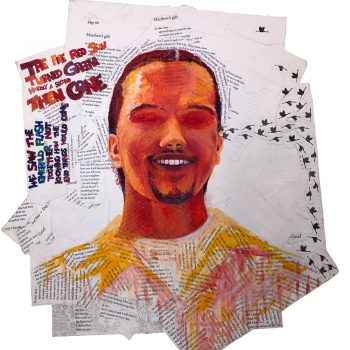
On January 31, 2019, Anthony Ginez, the Mitigator for Community Resources Initiative, who is working on Luis Rojas’ case with defense attorney Alexandria McClure and Harriet, the CRI videographer, came to Portland to interview me. They had interviewed members of Luis’ family and they wanted to talk with me again. They were making a presentation for the Federal Department of Justice, explaining why the death penalty was not appropriate for Luis. During the course of the afternoon, as Anthony and Harriet posed questions to me about my relationship with Matthew, I was forced to think about our entire history, about the actual limits of our connection when he was alive and how his murder and my sense that I was actually, quite literally, responsible for his death, allowed me to become aware of how centrally important Matt had become to my entire life. You might say that Matt’s murder, the… Continue reading
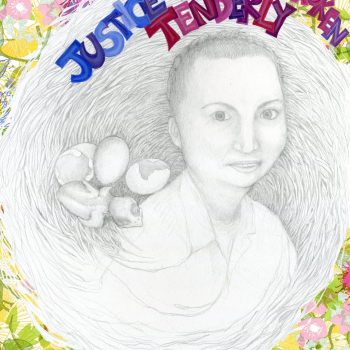
Lisa Montgomery is scheduled to be executed on Tuesday, January 9th. Her crime seems to me to echo the extreme brutality she endured throughout her own life. She experienced rape more times than can be counted, including gang rapes by her stepfather’s friends, sodomy, and being sold for sex with people such as the plumber and electrician by her mother when work was needed in their home. Her stepfather built a special room where she could be raped more often and more easily. She was smothered to silence her screaming, she suffered a concussion, was beaten with cords, and urinated on. Her mother put a gun to her head. She would also duct tape her daughter’s mouth shut as punishment, and Lisa was required to be naked and silent among her parent’s friends. As a young adult, she was forced into a marriage by her mother where she continued to… Continue reading
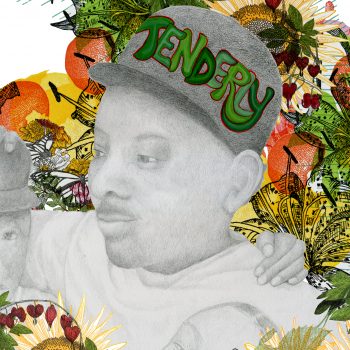
by Ross Brockway of the Georgia Justice Project. Artwork by Kim Vanderheiden. Reprinted from The Conscious Lawyer magazine’s special feature of the work by members of PISLAP (Project for Integrating Spirituality, Law and Politics.) If you feel moved by this story, please support the work of the Georgia Justice Project and PISLAP, and sign up to receive The Conscious Lawyer where you’ll find many more articles inspiring and informing us to practice law with awareness and intention. Continue reading

“Liberty and justice for all” is an idea we’ve never lived up to, –never even have come close. A year or two ago, when the Pledge of Allegiance was led in assemblies in my children’s school, I stopped saying the words, and instead, with hand over heart, decided to pray that someday it will be true. The featured artwork is a Tenderly Project piece on the murders of George Floyd, Breonna Taylor, and Ahmaud Arbery, police brutality, and racism in America. The Tenderly Project is a meditation on the sacred value and beauty of all beings. The thick, jumbled tangle of botanical illustrations represent the chaotic, exuberant, too-much-to-comprehend fullness of life in our world. The intention is to work in a state of prayer, holding the subject tenderly, and extend healing and justice to the subject and those touched by similar life experiences. This piece may be copied and shared… Continue reading
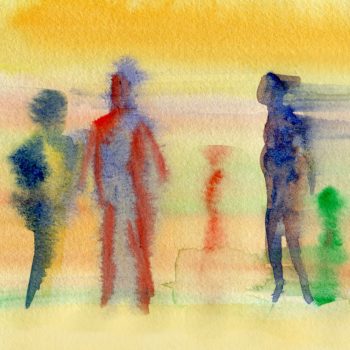
Some of these are things you can do on your own. Some are things that are easier if working in a group for support and dividing up tasks. 1. Contact your local leaders to insist that a community review board of police complaints be created where you live. If one already exists, how are the members selected? Is it made up of a diverse membership, not only racially but economically, and of people with diverse life experiences? Does it have enough power to sufficiently respond to a harmful occurrence? If not, discover what steps you can take to have one formed. 2. Communicate with local officials and police department to find out what training local police receive regarding sensitivity to stress and trauma, de-escalation, building community relationships, restorative justice and restorative practice techniques. 3. Push for a review of the nation’s police forces to remove officers who repeatedly exhibit racial… Continue reading

“Even the quest for justice can turn into barbarism if it is not infused with a quality of mercy, an awareness of human frailty and a path to redemption. The crust of civilization is thinner than you think.” – David Brooks, The Cruelty of Call-out Culture, NT Times, January 14, 2019 “Under the new outlook multiplicity of material wants will not be the aim of life the aim will be rather their restriction consistently with comfort. We shall cease to think of getting what we can but we shall decline to receive what all cannot get.” – M.K. Gandhi, Young India, 3-9-25, 305 “I do not believe in the doctrine of the greatest good of the greatest number. It means in its nakedness that in order to achieve the supposed good of fifty-one per cent, the interest of forty-nine percent may be, or rather, should be sacrificed. It is… Continue reading
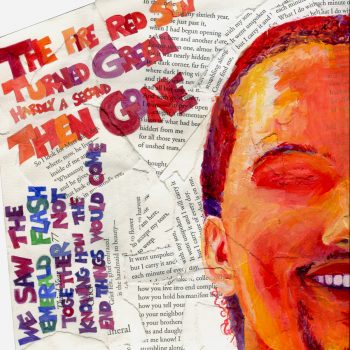
“Your grandmother was not teaching me how to behave in class. She was teaching me how to ruthlessly interrogate the subject that elicited the most sympathy and rationalization—myself. Here was the lesson: I was not an innocent.” –Ta-Nehisi Coates, “Between the World and Me,” 2015 By the time Matthew was murdered in 2008 I had been “ruthlessly” interrogating myself for thirteen years. I am not entirely sure how I came to this excruciating effort by which I had gradually come to know myself—to know that “I was not an innocent”— to accept responsibility for the harm I had done to those I had thought to love. But three days after the murder, I awoke and for a precious moment or two I had forgotten that Matt was dead. After the realization that he was gone hit me, as I lay in a liminal state—half-awake/half-asleep—I saw that I had… Continue reading

“As you watch this film you may experience a range of powerful emotions. Please know that you are not alone. May our thoughts and feelings create fires that ignite the gifts of learning, healing, and transformation. May we recognize and honor the depth of our inter-connectedness. May we nourish the flames that burn away hatred and fear. May we utilize these gifts to mend ourselves and our communities.” These words begin the film, “Healing Justice,” which has been recommended to us by a friend familiar with the Justice Conversation project. It is a good film for sharing with educators, law enforcement, judicial professionals, as well as non-profits. After viewing it, I also want to emphasize that it’s a good film for adults in the general public. For anyone who votes. For anyone who may at some point come into contact with our justice system. For you. I will add, though,… Continue reading
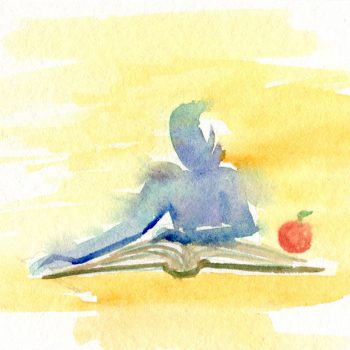
Rand Corporation has conducted a randomized controlled study, sponsored by the National Institute for Justice, on the effectiveness of restorative practices on suspension rates and classroom atmosphere. The study took place in the Pittsburgh Public School District during the 2015/16 and 2016/17 school years. The researchers sought to answer three key questions: 1) how the specific program used was implemented and what challenged or facilitated restorative practices; 2) what were the impacts of this program; and 3) how likely is it that the restorative practices will be sustained over time? The key findings indicated an improvement in school and classroom climate, decrease in overall suspension rates, and fewer disparities between minority and low-income students when compared to white or high-income students. They did not find academic improvement or a reduction in arrest rates. Recommendations following the report include emphasizing restorative practices that can be woven into the school day to… Continue reading